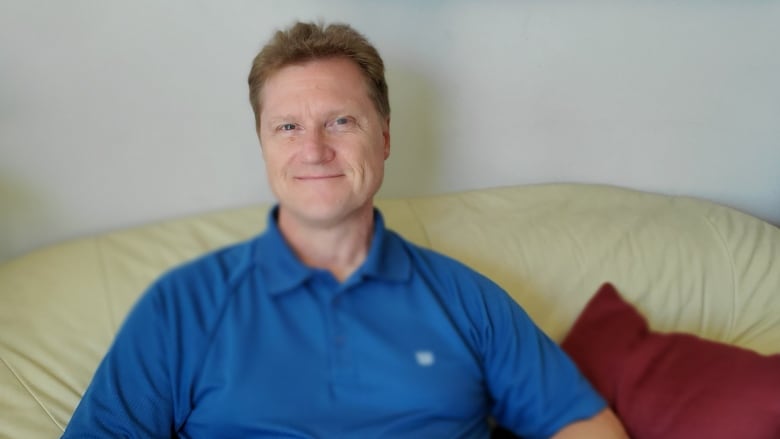Sask. man first in Canada to legally use magic mushrooms in therapy
Thomas Hartle and three other Canadians were granted a federal exemption to use the mushrooms in early August

A Saskatchewan man has completed Canada's first legal psilocybin therapy.
Psilocybin is the active ingredient in what are commonly known as magic mushrooms.
"The experience was not anywhere near as overwhelming as my anxiety had feared it could be," Thomas Hartle said.
Hartle has Stage 4 terminal colon cancer. The 52-year-old Saskatoon father-of-two was diagnosed in 2016 and has been through multiple rounds of chemotherapy and radiation treatment before his cancer came back in August 2019.
Hartle wanted something to help manage his anxieties about death. He found psilocybin therapy studies by John Hopkins University where the drug was combined with music and psychological counselling.
Hartle wrote the federal Ministry of Controlled Substances. In early August, he was granted a federal exemption to legally try the therapy for end-of-life care.
"I've had two weeks to kind of digest my experience," Hartle said. "Overall I have found myself to really just be not thinking about a lot of the things that had been previously causing me anxiety."

To prepare, Hartle spent sessions building trust and expectations with Dr. Bruce Tobin. Tobin is the main doctor with TheraPsil, an advocacy group for psilocybin therapy.
Hartle and Tobin met in Saskatoon and talked about Hartle's anxiety and depression levels before the therapy session. Then Hartle took the psilocybin dose, put on a blindfold and waited for it to work.
Hartle took three capsules — which totalled about seven grams of dried mushrooms — spaced out throughout the day while listening to music.
"It was a very, what we call, synesthesia experience for me," Hartle said. "Synesthesia is where one sense will cross with another sense. You can smell a colour or hear a smell or something like that."
He said each different type fo music he listened to put him into "a different universe."
"It was very serene and peaceful."
After that Hartle, his close friend John and Dr. Tobin sat together in Hartle's guest bedroom.
"What's really important about this process is setting," Hartle said. "It has to be someplace where you feel safe and secure."
They talked about a variety of topics, including Hartle's anxieties. Hartle said it was about seven hours from the first dose until he was "grounded" again.
Now, Hartle said his anxiety doesn't affect him in the same way.
"If I find my head getting cluttered up with thoughts, it's really much easier for me right now to find that same quiet place that I experienced," Hartle said.
"Things that would normally have caused me some emotional distress … now they really don't have the same sharp corners and edges that they used to."

Hartle used to worry about his anxiety pulling him away from his family, because he didn't want them seeing him in his anxious state. After the therapy, Hartle said he's just trying to be with them in the present.
"I don't make plans for the future but they're not consuming me in a negative way now," Hartle said. "I'm pleased with the outcome."

John Hopkins University is still experimenting with the therapy. Hartle said he doesn't know whether others will have the same access he had, but he hopes that sharing his story might make others may look into it.
"What I had experienced was better than what I had hoped it would be."
With files from Chelsea Laskowski


